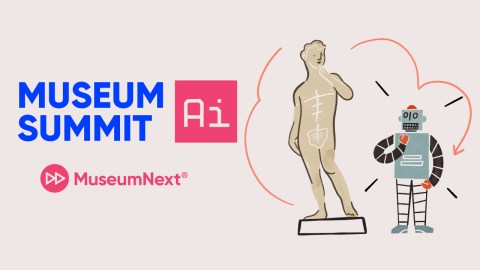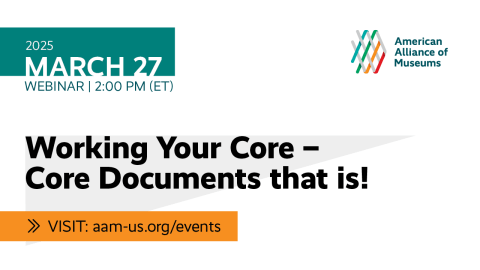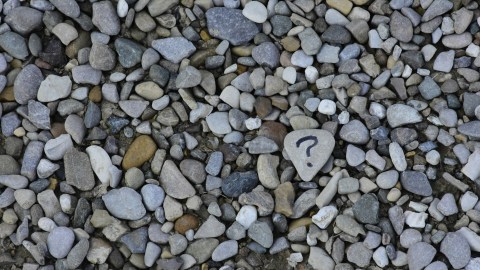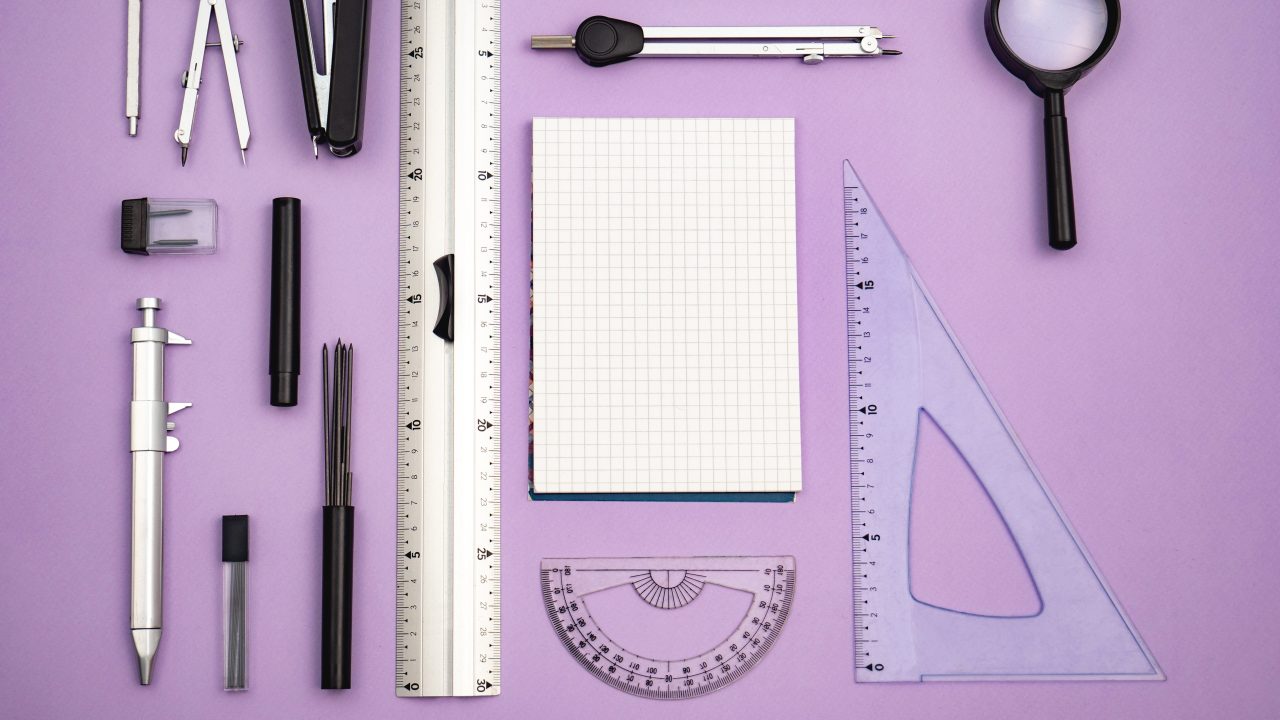
While social and community impact is increasingly viewed as central to museums’ missions as acknowledged in the Alliance’s most recent strategic framework, the issue of measuring that impact with a reliable and valid tool has been a significant hurdle to many institutions. As an advisor to the Measurement of Museum Social Impact initiative (MOMSI) over the past few years, I am excited to share the Museum Social Impact Toolkit, a resource that addresses this challenge. Stay tuned for more resources from AAM to help you measure your museum’s social impact in the coming year.
– Megan Lantz, Director of Social Impact at AAM
Does your leadership talk about the social impact your museum has on its community? Is there data or evidence to support those claims? How do you document and demonstrate that value for your board, elected officials, and community? Do you need social impact data to receive funding, or to report after receiving funding?
These are questions we started asking nearly a decade ago, and after much research and collaboration, we are proud to announce the creation of a toolkit to help museums answer them.
In 2020, the Utah Division of Arts & Museums and Thanksgiving Point were awarded a National Leadership Grant from the Institute of Museum and Library Services to support Measurement of Museum Social Impact (MOMSI).
Working with thirty-eight museums across the United States, MOMSI generated data about participating museums’ social impact on individuals in their communities as demonstrated by four outcomes: continued learning and engagement, increased health and well-being, valuing diverse communities, and strengthened relationships. Results show that these museums had a positive impact on visitors in all four areas.
The process that participating museums undertook, and the lessons learned from their experiences, have recently been published in the Museum Social Impact Toolkit, a highly anticipated resource that will allow museums to measure their own social impact, independently. The toolkit is free for any museum wishing to implement this work. Here’s what can you expect from the toolkit:
- Tips, resources, and a validated social impact survey
- Information to support collecting and analyzing your museum’s social impact data
- Insights from the thirty-eight participating museums, representing institutions of various sizes, scopes, and regions
- Social impact data you can share with your local, state, and national government representatives
Measuring museum social impact is a long journey, and it requires time and commitment from numerous employees and volunteers, often from different departments. We have designed the toolkit to set you up for success through summaries of tasks, checklists, best practices, language and materials to use, and tips for success for each step in the process.
What is social impact?
While there are multiple ways to define social impact, our chosen definition is the effect of an activity on the social fabric of a community and the well-being of the individuals and families who live there. Compared to the norm among museums and their funding sources of basing impact on output questions (i.e., “How many people were reached?”) or economic outcomes (Berger, Penna, and Goldberg 2010), measuring social impact forces a deeper, more meaningful conversation. Social impact addresses how museums may strengthen a community through education and lifelong learning, helping visitors understand multiple perspectives, and emphasizing the importance of personal and community well-being.
Social impact is becoming ubiquitous with museum practice. In 2022, the American Alliance of Museums announced Social and Community Impact as a main pillar in its strategic framework. And yet, museums have struggled to fully understand and articulate their impact due to a lack of research and consensus in the field on best practices for measuring social impact. Some museums have worked internally and individually to measure their social impact, but most museums do not have the capacity for such work.
Why use the museum social impact toolkit?
Take it from your peers! When the museum community was asked why they would use the social impact toolkit, here’s what they had to say:
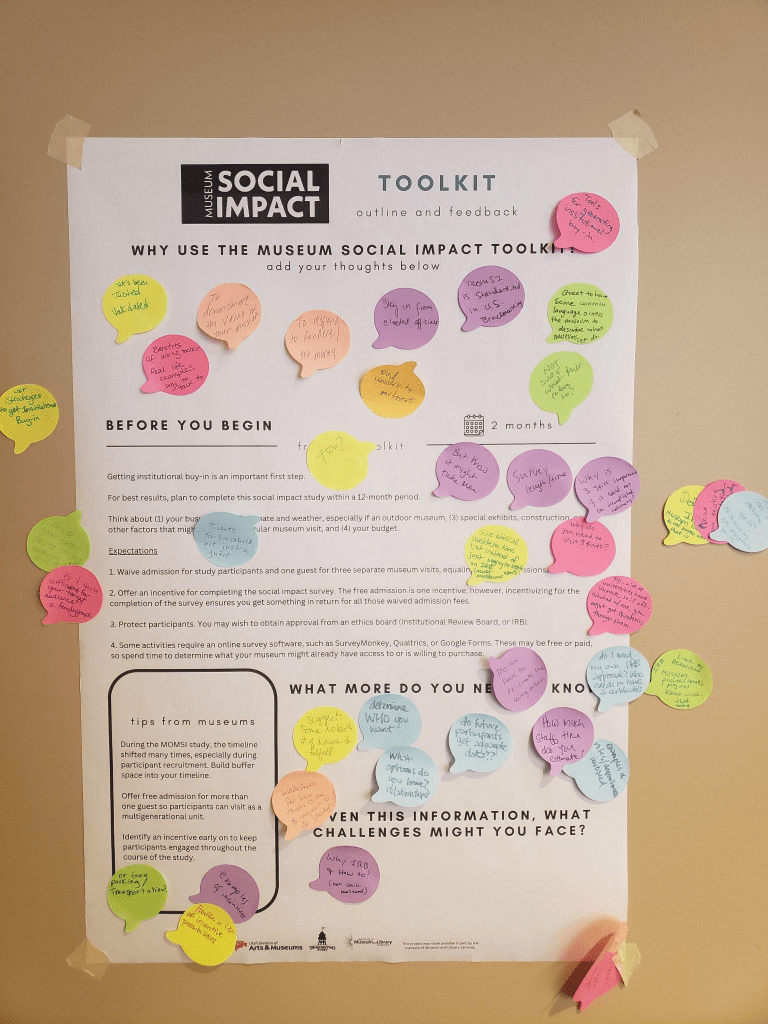
“For generating institutional buy-in!”
“Benchmarking”
“Buy in from elected officials”
“To respond to funders”
“Common language across the museum to describe what museums can do”
“Find university partners”
Here are some of the reasons we think the toolkit will help your museum:
1. The social impact survey has been tested and validated in the field.
Through multiple iterations and psychometric analysis, we have produced a social impact survey specifically for museums that consistently measures what it is intended to measure, allowing all museums to use the same instrument to measure their own social impact.
2. Museums can develop and use shared language around “museum social impact,” as agreed upon and written in this toolkit.
In his 2016 Museum article “Museums Need Shared Definitions,” John Jacobsen argues that “the field needs to adopt a shared framework and language because we still lack an accepted way to measure our impact.” This is a bigger issue among the entire nonprofit sector. In their 2010 article “The Battle for the Soul of the Nonprofit Sector,” Ken Berger, Robert M. Penna, and Steven H. Goldberg describe “the two most important questions ever to face the sector” as “how to define the value of all the work we are doing, and how to measure that value.”
3. Using the toolkit could help museums identify new partners and potentially reach new audiences.
At this pivotal time in history, advocating for museums is more important than ever. To do that successfully, though, museums need to be able to demonstrate the impact they have on visitors and local communities. But while we can readily present data on educational and economic impact, social impact has historically been harder to provide evidence for. When museums can articulate their social impact, they can improve internal practices and leverage funding to continue this kind of socially strengthening work.
As this work continues to progress, we look forward to seeing how social impact data can help museums improve their practices and ground themselves more fully in their communities.
